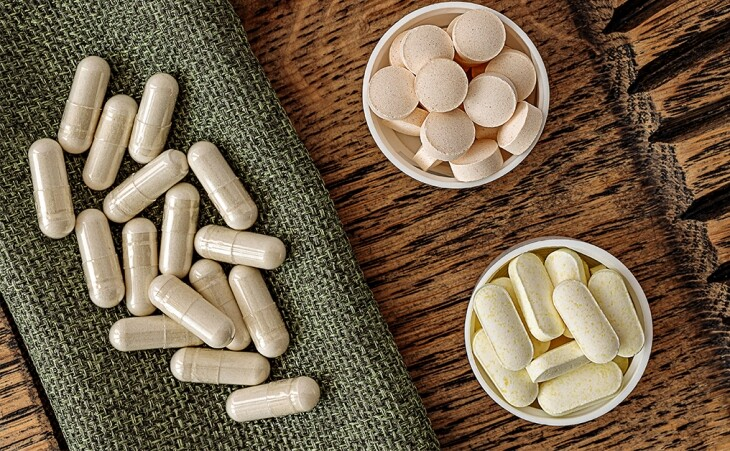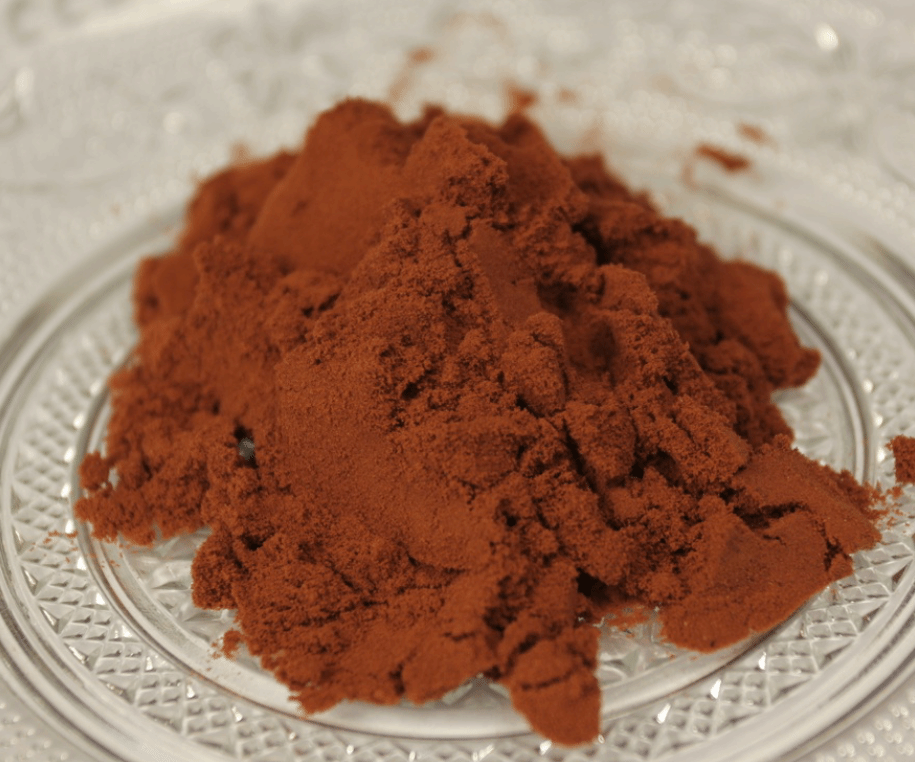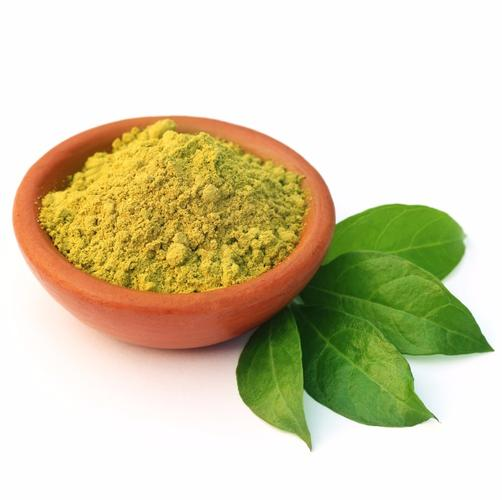The Pharmacological Potency of Panax Notoginseng: A Comprehensive Analysis of its Saponin Components
Panax notoginseng, a plant belonging to the Araliaceae family and the Panax genus, is a prestigious traditional Chinese medicinal herb, particularly abundant in Yunnan province. It has been used in disease treatment for centuries, with mentions in ancient texts like "Medical Secrets of an Official" and "Wondrous Recipes for Traumatic Injuries" predating the "Compendium of Materia Medica." Saponins are the primary active components of Panax notoginseng, with over 70 individual saponins identified from various parts of the plant (roots, stems, leaves, buds, seeds, etc.). These saponins are mainly categorized into two types: 20(S)-protopanaxadiol and 20(S)-protopanaxatriol. Among them, ginsenoside Rb1 is a primary protopanaxadiol-type saponin, while ginsenosides Re, Rg1, and notoginsenoside R1 are the main protopanaxatriol-type saponins, constituting 30%, 2.5%, 20%, and 2.5% of the total saponins in Panax notoginseng, respectively. Ginsenosides Rg1, Rb1, and notoginsenoside R1 have demonstrated pharmacological effects in maintaining blood circulation, improving myocardial ischemia, anti-arrhythmia, anti-shock, sedation, enhancing intelligence, anti-aging, antioxidant, anti-proliferation, and anti-tumor activities.
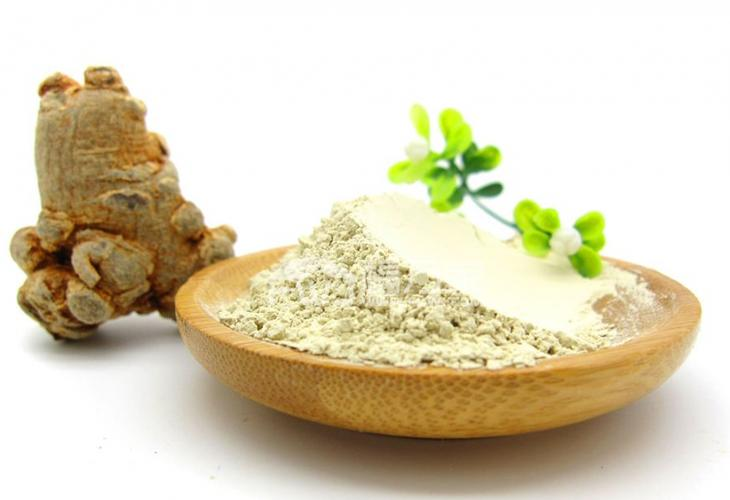
Despite the diverse saponin components in Panax notoginseng, the major ones include ginsenosides Rg1, Rb1, Rb2, Rc, Rd, Re, and notoginsenoside R1. Although trace saponin components are challenging to obtain due to their minimal quantities, they possess notable pharmacological activities, making their extraction significant in the study of Panax notoginseng. Traditionally, Panax notoginseng is known for its hemostatic, anti-swelling, and pain-relieving properties. Modern pharmacology has revealed its effects in hemostasis, myocardial cell protection, brain tissue protection, blood lipid regulation, anti-thrombosis, immune enhancement, anti-inflammation, anti-fibrosis, anti-tumor, free radical scavenging, and antioxidant activities.
The root of Panax notoginseng is a crucial part for saponin extraction. The root includes different parts like the rhizome, main root, fibrous root, and rootlets. It is bitter and astringent in taste and cool in nature, known for expanding coronary arteries, increasing coronary blood flow, reducing myocardial oxygen consumption, and improving myocardial function, making it an excellent remedy for angina and coronary heart disease patients. It also has anti-aging properties, with many new saponin compounds extracted from it. Common extraction methods for saponins include solid-liquid separation and liquid-liquid separation, and these methods continue to improve with interdisciplinary advancements.
Chemical studies on the stems and leaves of Panax notoginseng have shown that they mainly contain protopanaxadiol-type saponins and almost no protopanaxatriol-type saponins, which is a significant difference from the saponins in the main root. Additionally, the stems and leaves contain small amounts of flavonoids. As early as the 1980s, literature reported that the main active components of the stems and leaves include ginsenosides Rb1, Rb3, Re, gypenoside IX, and notoginsenosides Fa, Fc, and Fe.
The primary active component of the water-soluble fraction of Panax notoginseng is Panax notoginseng saponins (PNS). The individual saponins in PNS have diverse pharmacological activities, making their isolation crucial for the study of Panax notoginseng. Solid-liquid and liquid-liquid extraction are the primary methods for isolating these saponins, contributing significantly to the separation of individual saponin components. With technological advancements and interdisciplinary development, new separation methods continue to emerge, leading to the discovery of many new saponin components. Researchers are continually dedicated to exploring new saponins in Panax notoginseng, significantly advancing the study of its components.
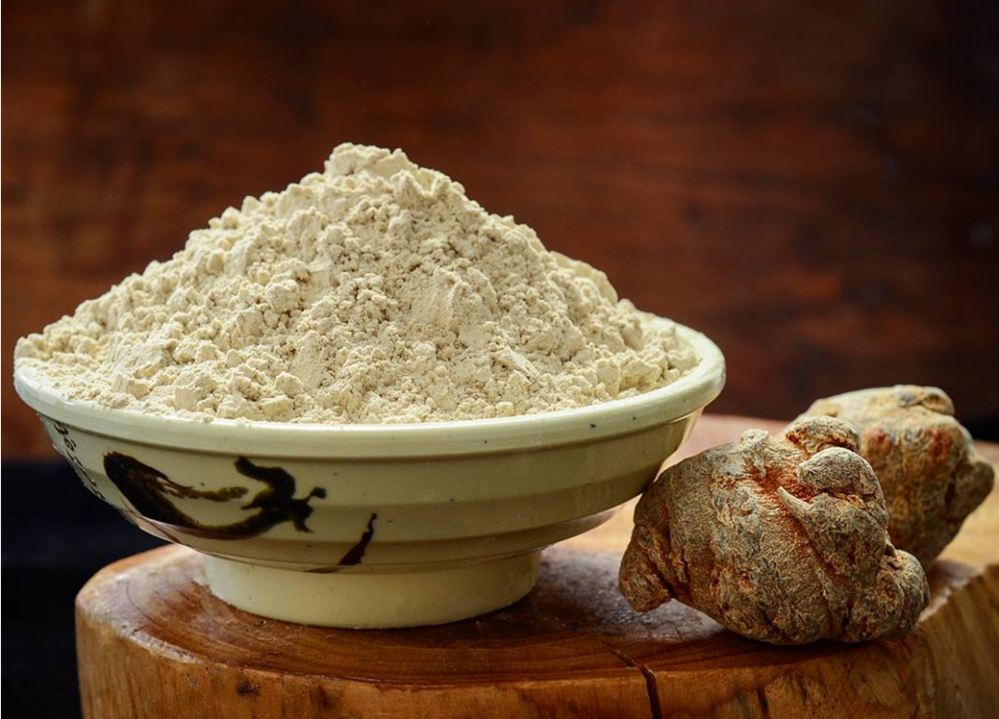
Recent experimental studies on the pharmacological effects of PNS have confirmed its strong physiological activities in the central nervous system, cardiovascular system, blood system, and immune system. With the continuous in-depth research on the pharmacological effects of Panax notoginseng components, its clinical applications are expected to expand further.
Contact:James Yang
Tel/WhatsApp: +8619992603115
WeChat:19992603115
Email: sales@xabcbiotech.com





